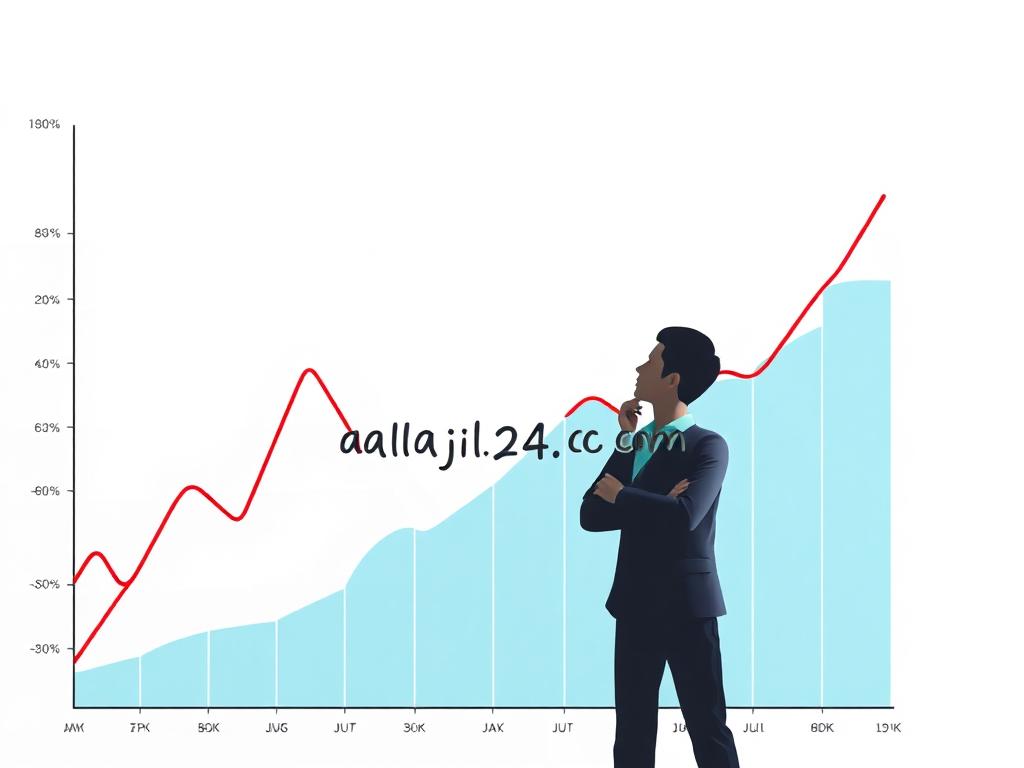Forex Profits: How Traders Make Money in the Foreign Exchange Market
The Forex market, often referred to as the currency market, is one of the largest and most liquid financial markets in the world. With a daily trading volume surpassing $6 trillion, Forex offers immense opportunities for traders to make profits through currency speculation. While Forex trading is known for its potential to generate substantial returns, it is also a market filled with risk. Understanding how traders can earn profits from Forex and the key strategies they use is essential for anyone interested in entering the market.
In this article, we will explore how profits are made in Forex, the factors influencing currency prices, the various strategies traders employ, and the risks involved in Forex trading. Whether you’re a beginner or an experienced trader, this article will provide insights into how profits in the Forex market can be generated and how you can get started in this exciting and dynamic industry.
What Drives Profits in Forex?
To understand how profits are made in Forex, it’s essential to know what drives currency prices and how traders can profit from those price movements. The value of a currency in the Forex market is determined by several factors, including:
- Economic Indicators: Key economic indicators such as GDP growth, inflation, unemployment rates, and interest rates play a significant role in determining currency values. A strong economy generally leads to a stronger currency, while a weak economy can result in a depreciating currency.
- Central Bank Policies: Central banks have the authority to influence their country’s currency through monetary policy. By adjusting interest rates or engaging in quantitative easing, central banks can impact the supply and demand for their currency, which in turn affects its value in the Forex market.
- Political Stability and Global Events: Political events, such as elections, changes in government policies, or geopolitical tensions, can lead to currency fluctuations. Similarly, global events such as natural disasters, financial crises, or trade wars can also influence currency values.
- Market Sentiment: Forex traders often react to news, economic data releases, and other factors that impact market sentiment. When traders collectively believe that a currency will rise or fall, their collective actions create price movements that can be exploited for profit.
- Supply and Demand: Like any other financial market, the supply and demand for a currency determines its value. If demand for a currency increases, its value will rise; if demand decreases, its value will fall. Traders capitalize on these price movements to make profits.
How Traders Make Profits in Forex
Traders can profit from the Forex market in several ways, but the most common method is through buying and selling currency pairs. In Forex, currencies are traded in pairs, such as EUR/USD, GBP/USD, and USD/JPY. A currency pair consists of two currencies, where the first currency is the base currency, and the second is the quote currency.
Profits are made by buying a currency pair when the price is low and selling it when the price is high (or vice versa). This process is known as speculative trading, where traders bet on the future direction of currency prices. Let’s break down how this works:
- Buying a Currency Pair (Going Long): If a trader believes that the base currency of a pair (e.g., EUR) will strengthen against the quote currency (e.g., USD), they would buy the currency pair. For instance, if the EUR/USD pair is trading at 1.1000, the trader would buy 1,000 euros for 1,100 U.S. dollars. If the price of EUR/USD rises to 1.1100, the trader can sell the pair and make a profit of 100 pips (the smallest price movement in Forex). The difference in the exchange rate between the purchase and the sale price is the trader’s profit.
- Selling a Currency Pair (Going Short): Conversely, if a trader expects the base currency to weaken against the quote currency, they would sell the pair. For example, if a trader believes that the EUR/USD pair will fall in value, they would sell the pair at 1.1000 and buy it back later at a lower price, such as 1.0900, making a profit of 100 pips. This strategy is called “short selling” and allows traders to profit from falling markets.
Leverage and Margin in Forex
One of the key features that differentiate Forex trading from other financial markets is the ability to use leverage. Leverage allows traders to control larger positions with a smaller amount of capital. For example, a leverage ratio of 100:1 means that a trader can control $100,000 in a position with just $1,000 in margin.
While leverage amplifies potential profits, it also increases the risk of significant losses. For instance, if a trader uses 100:1 leverage and the price of a currency pair moves against their position by 1%, they will lose 100% of their margin. Because of this, effective risk management strategies, such as setting stop-loss orders and limiting leverage, are essential for success in Forex trading.
Key Strategies for Forex Profits
There are various trading strategies that Forex traders use to generate profits, ranging from short-term speculative techniques to long-term investment approaches. Some of the most common strategies include:
- Scalping: Scalping is a short-term trading strategy that involves making small profits on tiny price movements. Scalpers aim to capitalize on market inefficiencies, often holding positions for just a few seconds or minutes. This strategy requires quick decision-making, a high level of market knowledge, and the ability to spot trends in real-time.
- Day Trading: Day trading is another short-term strategy where traders open and close positions within the same trading day. Day traders look to take advantage of intraday price fluctuations, often using technical analysis tools to identify trends and entry/exit points. The goal is to make profits from small price changes over short periods.
- Swing Trading: Swing traders hold positions for several days or weeks, aiming to profit from medium-term price movements. This strategy involves both technical and fundamental analysis to identify currency pairs that are likely to experience significant price swings.
- Position Trading: Position trading is a long-term strategy where traders hold positions for weeks, months, or even years. This approach is based on the fundamental analysis of economic trends, central bank policies, and other macroeconomic factors that influence currency prices. Position traders are less concerned with short-term price fluctuations and focus on the broader economic picture.
- Carry Trade: Carry trading involves borrowing money in a currency with a low interest rate and using it to buy a currency with a higher interest rate. The trader earns a profit from the interest rate differential between the two currencies. This strategy can be highly profitable in stable market conditions but is susceptible to currency volatility.
Risk and Challenges in Forex Trading
While the Forex market offers significant opportunities for profit, it is also associated with considerable risks. Some of the key challenges that Forex traders face include:
- Volatility: The Forex market can experience significant price fluctuations in short periods, making it difficult to predict price movements accurately. Volatility can be caused by economic data releases, geopolitical events, or changes in market sentiment. While volatility can create profit opportunities, it can also result in substantial losses.
- Leverage Risk: As mentioned earlier, leverage can magnify both profits and losses. Using excessive leverage can lead to a trader losing more than their initial investment if the market moves against them.
- Emotional Trading: Emotional decision-making can be detrimental to a trader’s success. Fear, greed, and impatience can lead to impulsive trading decisions that result in losses. Successful Forex traders often develop strict discipline and a clear trading plan to avoid emotional mistakes.
- Market Uncertainty: Forex markets are influenced by a wide range of factors, including economic reports, political events, and global market conditions. As a result, predicting currency movements can be challenging, and market uncertainty can lead to unpredictable outcomes.
Conclusion
The potential for profit in the Forex market is immense, but it requires skill, knowledge, and a strong understanding of market dynamics. Forex traders profit by speculating on currency price movements, using strategies such as scalping, day trading, and swing trading to capitalize on market trends. While Forex offers opportunities to make substantial returns, it also carries significant risks. By using effective risk management strategies and staying disciplined, traders can increase their chances of success in the Forex market. However, as with any financial market, the key to long-term profitability lies in continuous learning, experience, and adaptation to changing market conditions.




